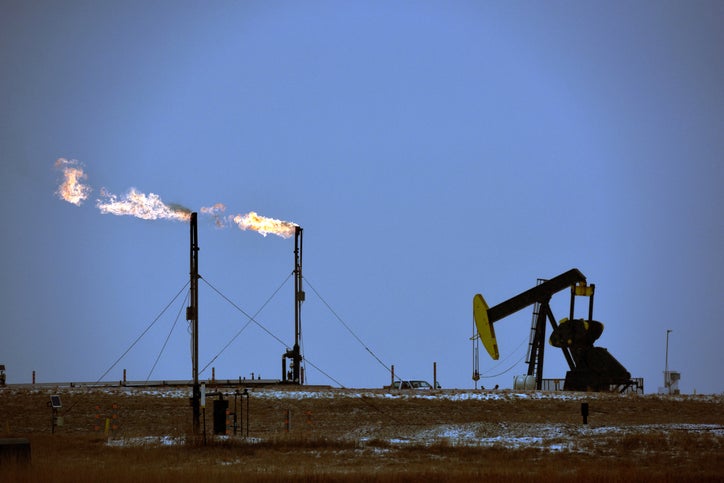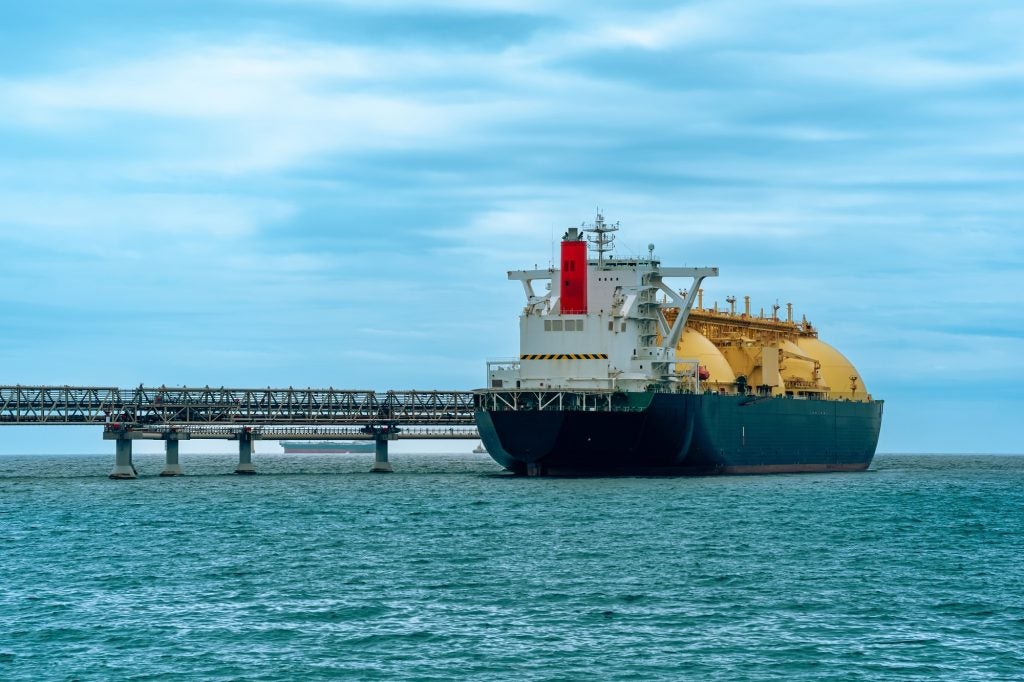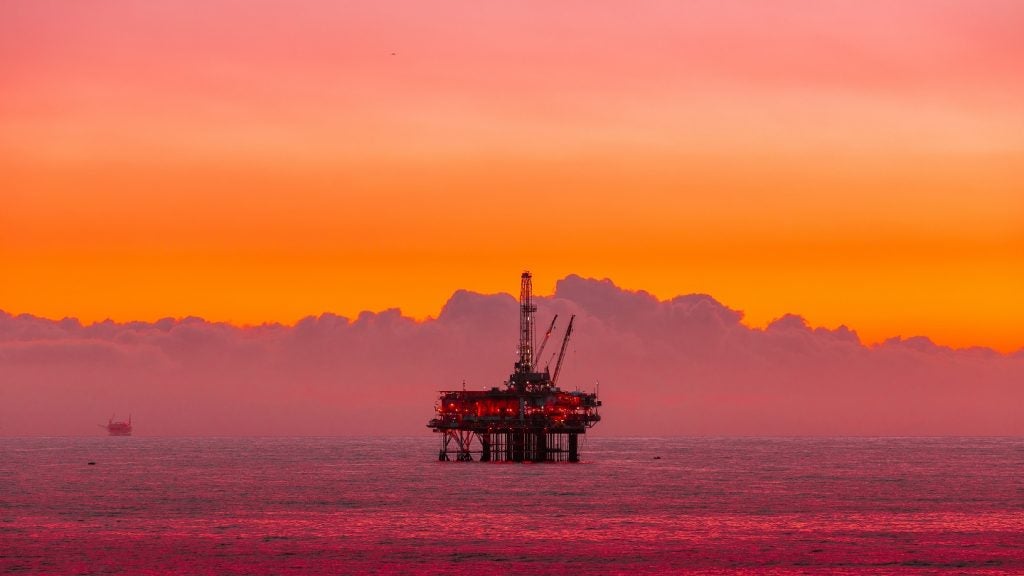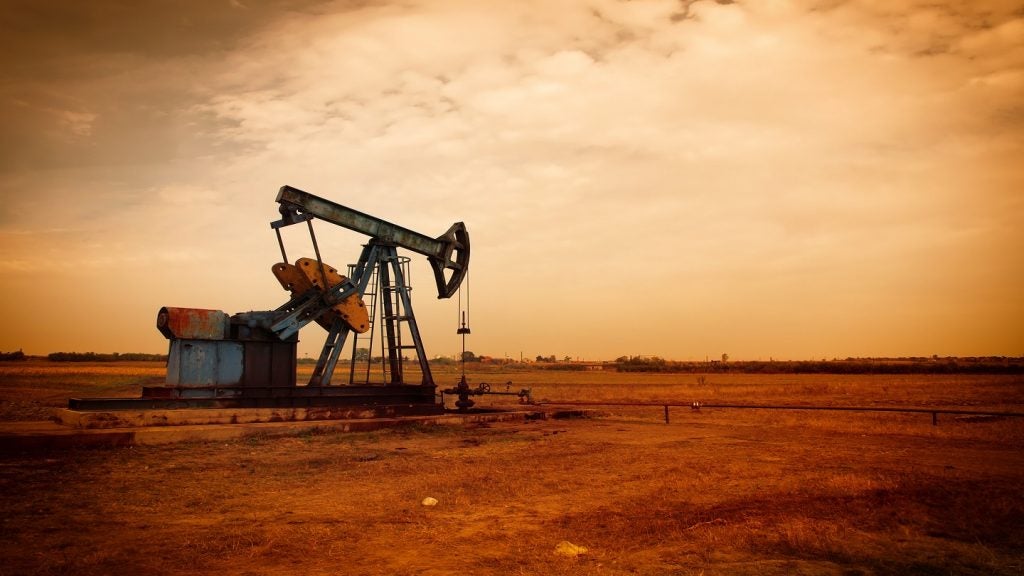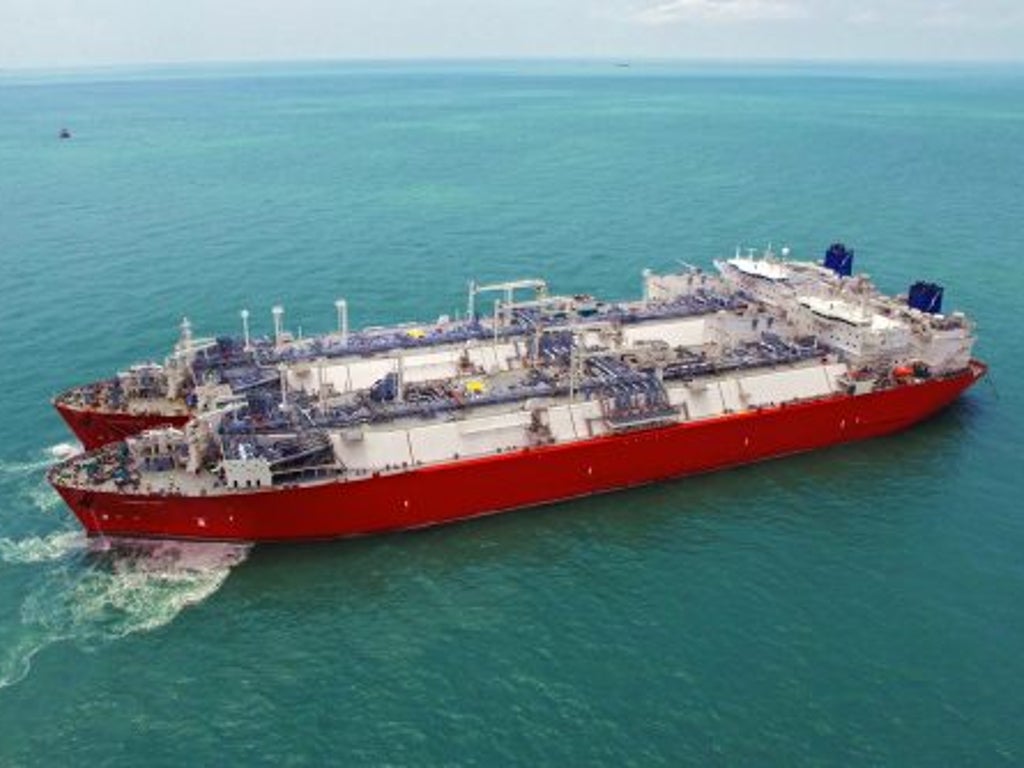
Bangladesh has faced frequent power cuts over the past seven months due to a deadly cyclone that forced two of its floating liquefied natural gas (LNG) facilities to shut. This was less than a month after blazing heatwaves caused outages in the country.
According to Bangladesh’s Power, Energy and Mineral Resource Ministry, two floating storage regasification units of the LNG terminal near the Moheshkhali channel were moved to the deep sea on Friday.
Load shedding had increased across the country, including the capital, as the Bangladesh Government suspended the gas supply to prepare for Cyclone Mocha, which hit coastal areas on 14 May.
Bangladesh Power Development said it shed 2,000MW of load across the country on Saturday, leading up to the suspension of the LNG supply. The power generation was marked at 10,749MW against a demand of 12,800MW, with a power supply deficit of more than 14% on Sunday.
Al Jazeera reported that a senior leader of the main opposition Bangladesh Nationalist Party, Zainul Abdin Farroque, accused the ruling government of not taking precautions to ensure a stable power supply despite hiked tariffs.
Farroque said: “I am in my village now and there was electricity for just 57 minutes for last 24 hours.” However, the LNG terminal resumed operations on late Monday, boosting supplies by two-thirds to 500 standard cubic feet per day on Tuesday, the chairman of the natural gas company said.
Moheshkhali LNG terminal is set to resume operations in the next few days, Petrobangla chairman Zanendra Nath Sarker told Reuters. Sarkar also said that the three LNG vessels shipped in by Petrobangla, which were due to arrive this week, will be delayed due to the weather conditions. The first vessel will arrive five days late on 18 May.
Tens of thousands of Bangladeshi citizens have been affected by the cyclone, which destroyed homes and important facilities. Government authorities have suspended the operation of all sea transportation on the Bhasan Char-Chittagong route from 10 May due to rough sea conditions, according to ReliefWeb, an information provider on global crises and disasters.


